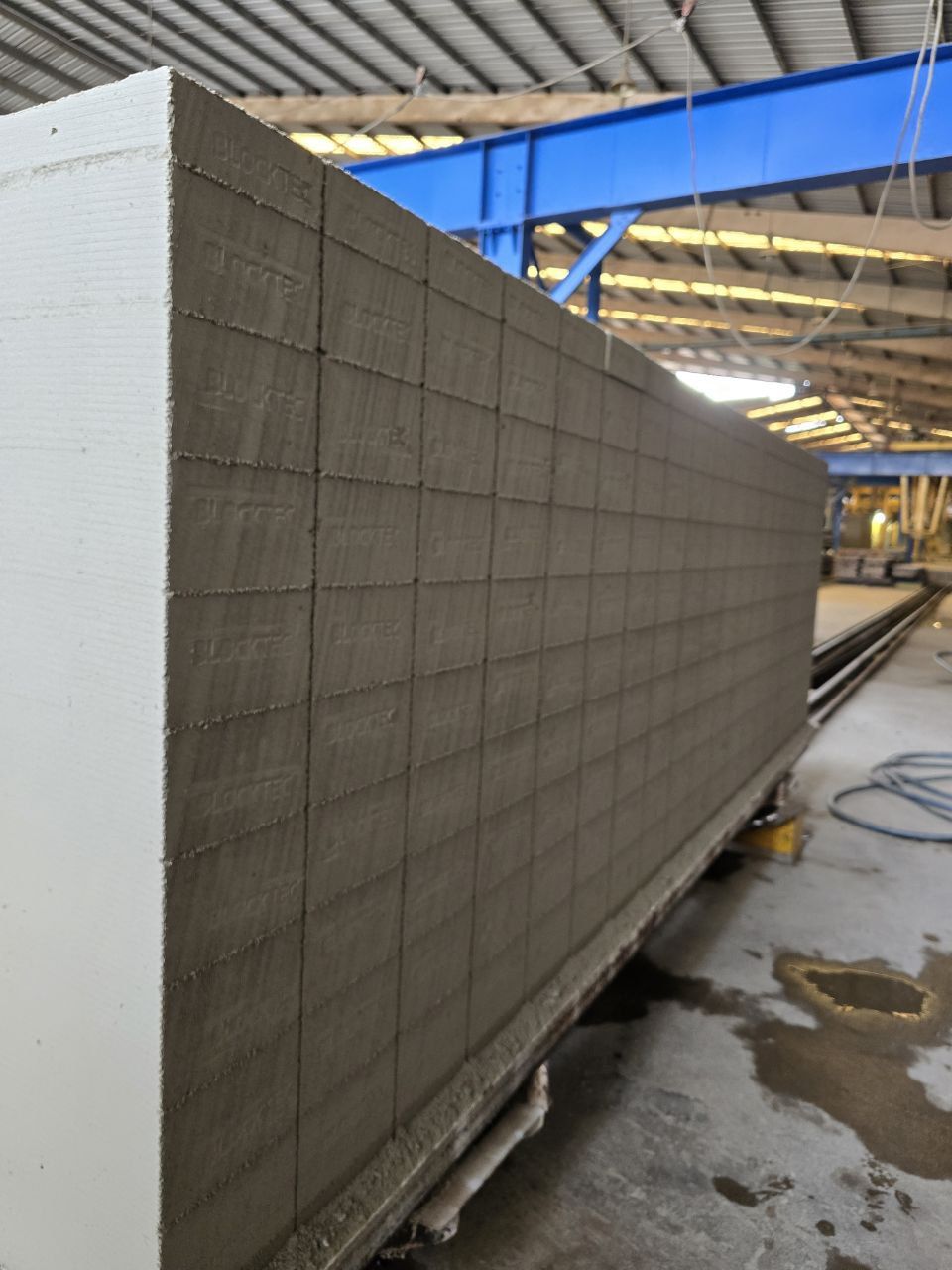Disadvantages of AAC Blocks: What You Should Know
Honest Feedback
Autoclaved Aerated Concrete (AAC) blocks were first developed in Sweden in the early 1920s. A Swedish architect named Johan Axel Eriksson wanted to create a building material that was both strong and lightweight.
By combining cement, lime, sand, water, and a little bit of aluminum powder, he found a way to make concrete blocks that were filled with tiny air bubbles.

These air bubbles make the blocks much lighter and better at insulating than traditional concrete. The blocks are "autoclaved," which means they are baked in a high-pressure steam oven, making them stronger and more durable.
Over the years, AAC blocks have been used in many countries, particularly in Europe, the Middle East, and Asia
If you're curious about using AAC (Autoclaved Aerated Concrete) blocks for your home or construction project, it's important to understand some of the downsides too.
Let’s break them down in a way that’s easy to understand.
1. New Training Needed for Mason Workers
AAC blocks aren’t like the regular concrete hollow blocks (CHB) that many workers are used to. Because of this, the people building your walls, like mason workers, need to learn how to use AAC blocks. This means spending extra time to make sure they’re trained, and they might be a little slower at first until they get the hang of it. Here at Blocktec, we are dealing with this challenge by giving FREE training to our clients. And yes, they are very happy with it.
2. Higher Delivery Costs If You’re Far From the Supplier
AAC blocks are made in special factories, and if you’re far away from one, getting these blocks delivered to your site can cost more. The farther you are, the higher the delivery cost can get. That’s something to think about, especially if you're trying to stay within a budget.
3. AAC Blocks Are for Non-Load-Bearing Walls Only
One of the biggest things to know about AAC blocks is that they can’t be used for walls that hold up the building, called load-bearing walls. If you need walls to support heavy weight, like in some buildings, you’ll have to use a different material, and that can add to your costs and complexity.
4. Mason Workers Might Push Back
Because AAC blocks are faster to install compared to CHB, some mason workers might not be too happy about using them. Why? Because the quicker the job gets done, the fewer days they work, which means less pay for them. This pushback can sometimes slow down the process. We call this in the Philippines, the "Galawang Arawan".
5. Higher Initial Cost per Block
AAC blocks are more expensive per piece compared to CHB. However, they are faster to build with and you need fewer of them, so overall, you may save money on your project. But that higher upfront cost can still feel like a big difference when you first see the price tag.
So what now?
While AAC blocks are great in many ways, they do have some disadvantages that you need to think about. From needing special training for workers to extra costs for delivery and material, it’s good to know all sides before making your decision. Keep these points in mind when planning your next project!
Advantages of AAC Blocks
Lightweight: AAC blocks are much lighter than traditional concrete blocks, making them easier to handle and transport.
Thermal Insulation: The tiny air pockets inside the blocks make them excellent at keeping buildings cool in hot weather and warm in colder climates.
Fire Resistance: AAC blocks are non-combustible and can withstand high temperatures, offering great protection against fire.
Eco-Friendly: Since AAC blocks are made from non-toxic materials and use less energy in production, they are considered an environmentally friendly building option.
Soundproofing: The structure of AAC blocks helps in reducing sound transmission, making them ideal for buildings that require good noise insulation.
Faster Construction: AAC blocks are larger than regular blocks, which means fewer are needed to build a wall, speeding up the construction process.
Energy-Efficient: Buildings made with AAC blocks require less energy for heating and cooling, which can lead to savings on energy bills.
Pest Resistance: Unlike wood, AAC blocks are resistant to termites and other pests that can damage buildings.